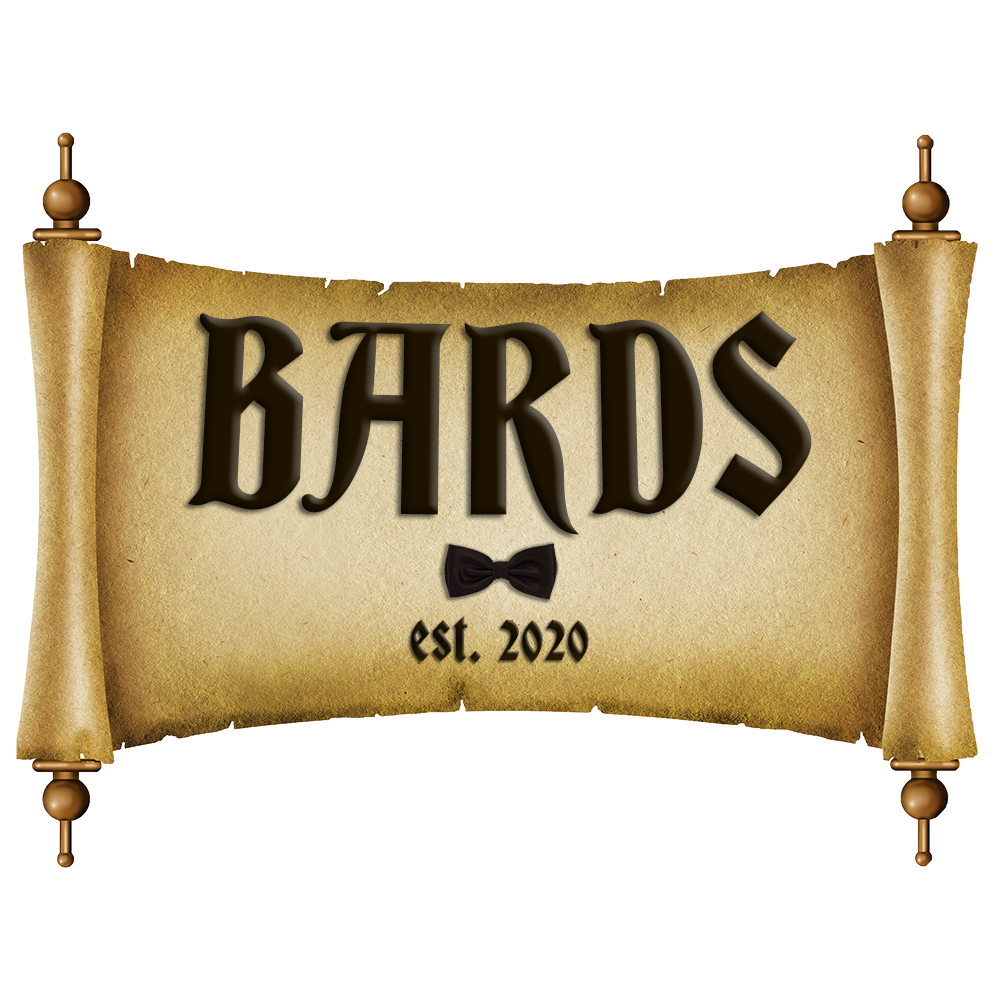Woven Roots: The Art and Meaning Behind Every Thread
In the world of textiles, every piece of woven fabric begins with two essential elements: the *warp* and the *weft*. Think of the warp as the vertical threads held tight on a loom—like the foundation or backbone of the fabric. These threads run lengthwise, creating tension and structure. The weft, on the other hand, is the horizontal thread that is woven back and forth over and under the warp, interlacing to form the fabric itself. It’s this beautiful interplay—structure and movement, tension and rhythm—that forms the basis of all woven cloth.
The weaving process begins by setting up the warp threads on a loom, often hundreds or even thousands depending on the complexity of the design. These threads must be carefully aligned and spaced to ensure consistency and quality. Once the warp is secure, the weft is threaded through using a shuttle or modern machinery, interlocking with the warp to create the fabric’s surface. With each pass of the weft, a new row is built, and slowly but surely, a pattern begins to emerge—sometimes simple, sometimes intricate, always purposeful.
This foundational process of weaving has existed for thousands of years and remains largely unchanged in its core principle. What *has* changed are the hands guiding the loom. From hand weavers working in quiet studios to American-made mills using state-of-the-art technology, the values remain: precision, patience, and pride in craft. Each fabric is a story told line by line, thread by thread, a literal tapestry of design and intention.
At Bards Clothing, we honor this tradition. Every piece we create begins with a reverence for this process—the warp and the weft, the hands behind the loom, and the story they help us tell. When you wear something woven with care, you carry with you the heritage of generations and the mark of true craftsmanship. It’s not just fabric; it’s foundation.
American Woolen, you can see the plaid pattern develop



